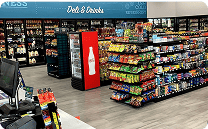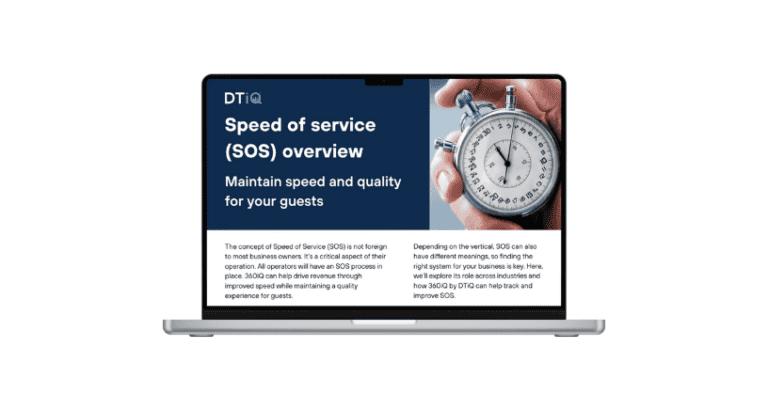DTiQ In-Store Speed of Service
DTiQ delivers competitive advantages for stores with innovative
AI-enabled solutions that help store operators improve their speed of service and boost their sales
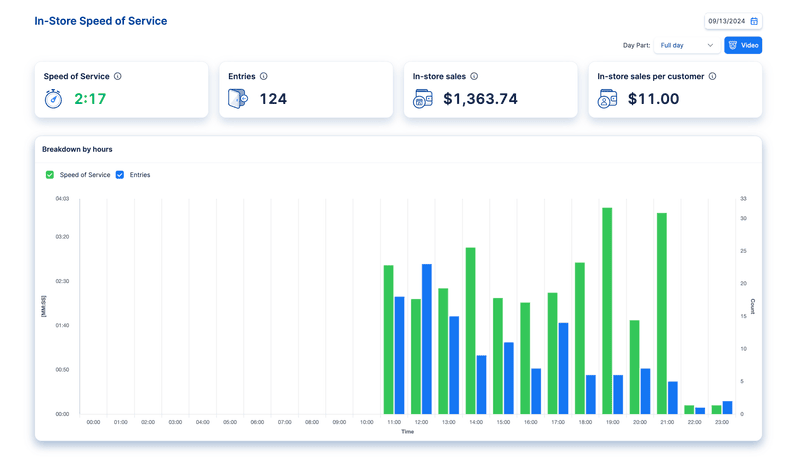
In-store speed
of service
DTiQ In-store Speed of Service Dashboard
A new generation of our In-Store Speed of Service dashboard that helps you improve your store operations, customer experience, and sales results. Already used by over 1,000 stores.
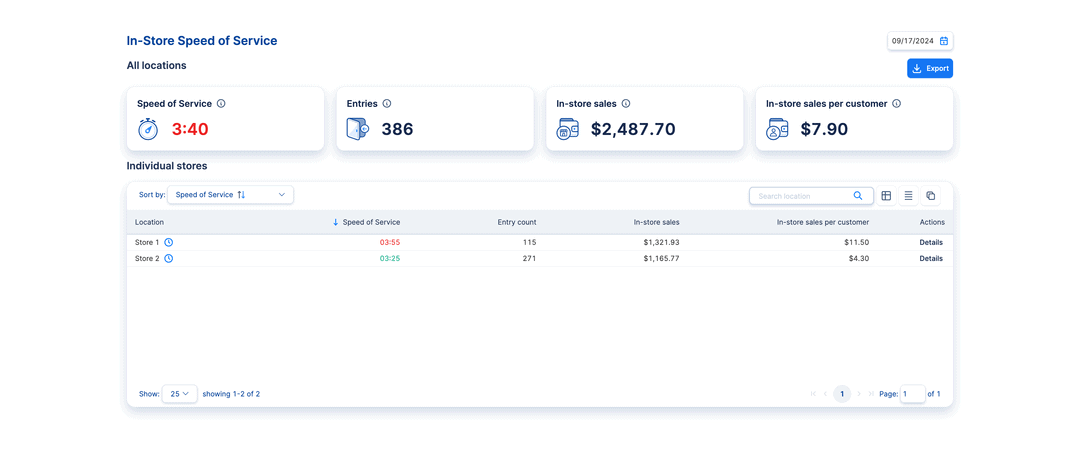
24/7/365 speed of service analytics
Real-time customer flow metrics
Track in-store movements, wait times, and service efficiency with data that can't be altered by employees.
Key performance indicators
Number of customers entering, waiting to order, waiting to receive orders, and peak times by daypart.
Operational excellence
Adjust staffing, review promotions, and optimize operations based on live data to improve customer experience and boost sales.
Customizable reporting
Access data and video reports on demand in hourly, daily, and weekly time slices, exportable to Excel for in-depth analysis.
Big Data integration
Dive deeper into trends using your BI tools
Monitor the customer experience across various real-time dimensions, including entry/exit count, customer count, average wait time, and customers in line.
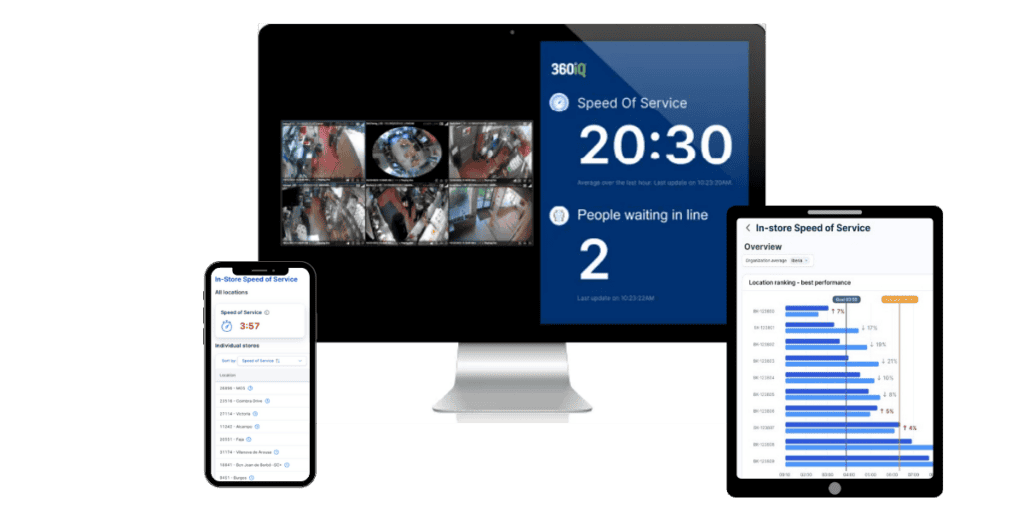

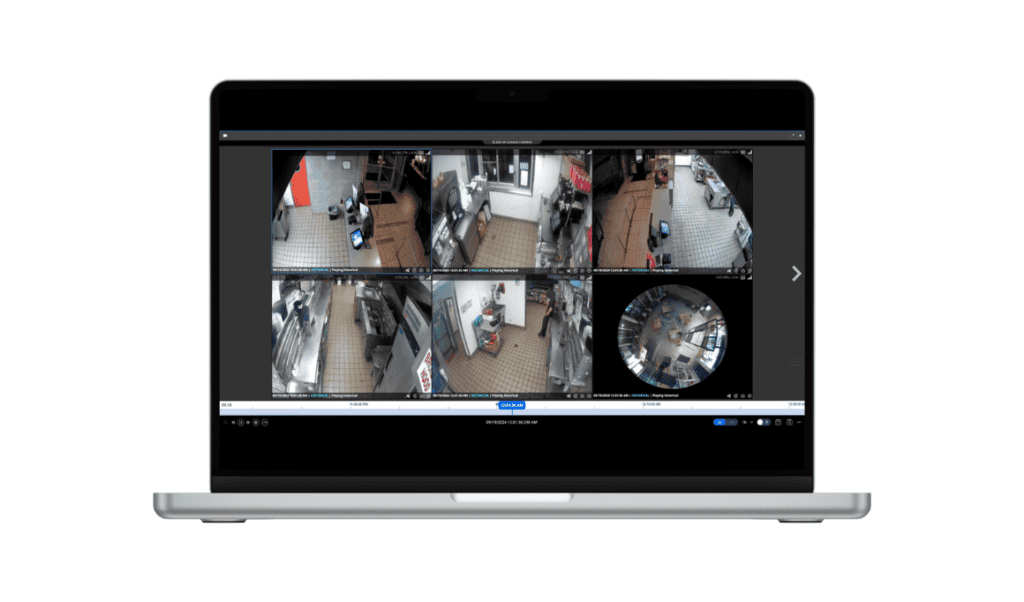

Actionable Insights
Real-time data and metrics, generated by computer vision, that cannot be altered or manipulated by employees, ensuring accuracy in monitoring in-store customer flow.
- Number of people entering a store
- Amount of time customers wait to place and receive their order
- Average queue length
- Sales per customer entry
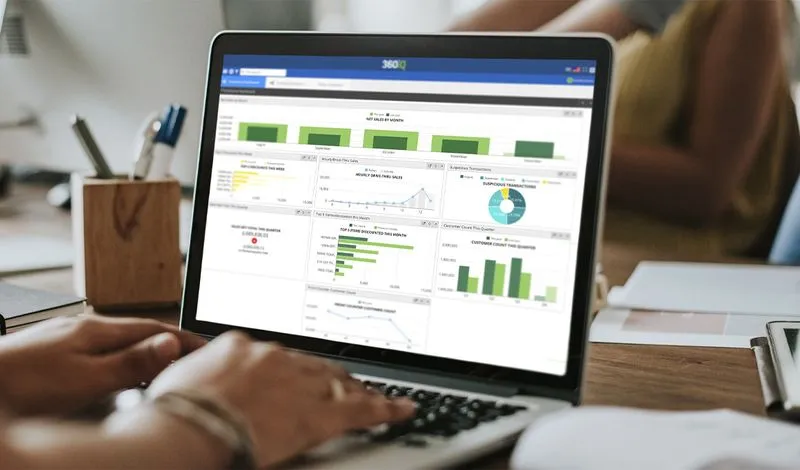
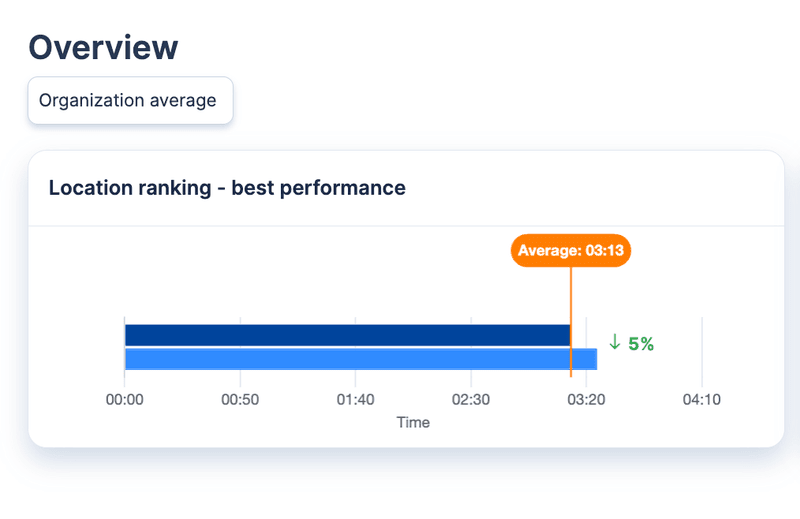
DTiQ Peak Times Speed of Service Dashboard
A redefined version of Inside Speed of Service with a customizable selection of time-of-day for quickly finding bottlenecks and opportunities during peak hours. A plug-and-play solution for business operators.
- Monitor up to 3 business hours – Focus on 3 key hours per day like your peak hours when you need to maximize your revenue
- Location rankings – Instantly identify best or worst performing stores
- Pre-filtered data – Data is pre-filtered and sorted by a traffic light system so you can action upon the data, instantly
- Comparative analysis – Compare by day or week and identify opportunities for improvement
Maintain speed and quality for your guests | Complete SOS guide
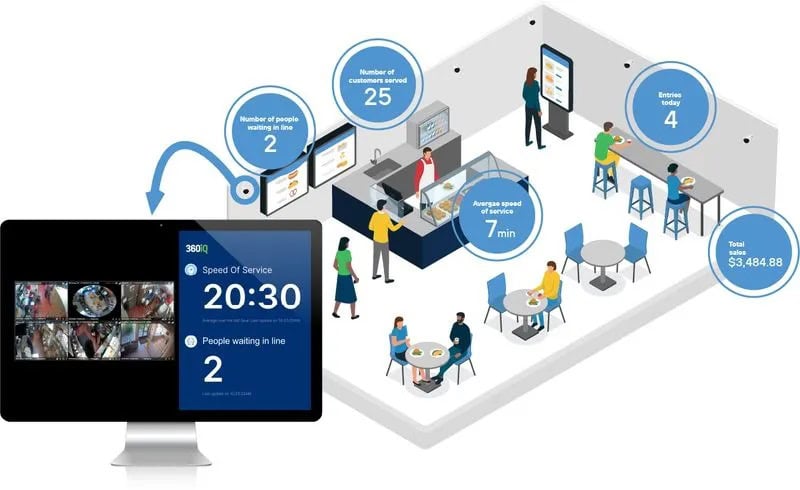
Featured Resources








